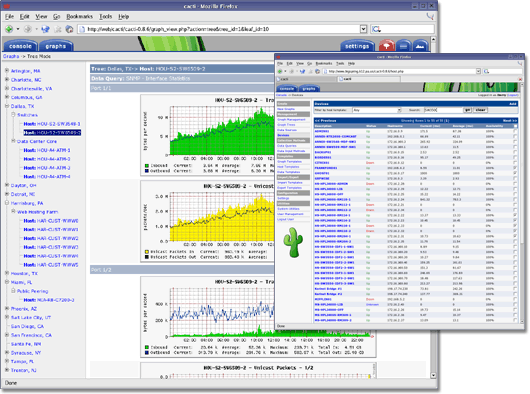

- #Linux web monitor php how to
- #Linux web monitor php install
- #Linux web monitor php software
- #Linux web monitor php code
This will create a new liveservermonitor folder on your working directory. Let’s get started by creating a new Laravel project: composer create -project -prefer -dist laravel /laravel liveservermonitor
#Linux web monitor php code
You can view the code on its GitHub repo. The data on the page will automatically be updated at a specific interval.
#Linux web monitor php software
It will also check if the software you’re using to run your server is running or not. We’ll be building a live server monitor that will constantly check for various server status such as disk space, CPU, and memory. You don’t have to use the same versions, but it’s good to know if you encounter any compatibility issues. The following package versions are used for the app: Lastly, you need to have a Pusher account with an app instance which you can use for testing. But if you’re using a Linux-based server, all you have to do is log in to it and append your local machine’s public ssh key to the ~/.ssh/authorized_keys file in the server.
#Linux web monitor php how to
This tutorial won’t be covering how to add ssh keys to a remote server. Don’t assign a password to the ssh key you generate as the tool that we will be using for logging in remotely to the server doesn’t support logging in with ssh keys that require a password. Just follow their documentation for the instructions.Ī remote server to be monitored is also required. For the HTTP server, it’s going to use PHP’s built-in server instead of Apache.
#Linux web monitor php install
If you opt for Laravel Valet, you also need to install PHP, Composer, MySQL, and Node separately. Out of the box, Laravel Homestead and Laradock will come pre-installed with the required software. This is the same environment that I’ve used for creating this tutorial. If you have a bit more time, you can install Laradock instead. The easiest way to follow this tutorial if you don’t already have the development environment is to use either Laravel Homestead or Laravel Valet. You need to have Apache, PHP, Composer, MySQL, and Node installed on your machine. Things like generating ssh keys and adding them to your remote server.

You also need to know basic server management for infrastructure providers like DigitalOcean or Linode. Knowledge of PHP is required to follow this tutorial. In this tutorial, we’ll be creating a live server monitoring app with Laravel and Pusher Channels. If you’re like me and all you want is some basic functionality such as realtime monitoring of whether specific software on your server is running or not, then creating your own server monitoring app is the way to go. Aside from that, they’re usually not cheap. But more often than not, especially on small projects, a lot of the functionality that these services offer is more than what you need. There are also open-source solutions such as Nagios. Some server infrastructure providers such as DigitalOcean also comes with basic server monitoring features such as disk, CPU, and memory. Most popular among them are Datadog and New Relic. There are lots of server monitoring solutions out there. Today it runs on different GNU/Linux distributions and even in other UNIX systems like FreeBSD, OpenBSD and NetBSD.You will need to have Apache, PHP, Composer, MySQL, and Node installed on your machine. Just point your browser at All of its development was initially created for monitoring Red Hat, Fedora and CentOS Linux systems, so this project was made keeping in mind these type of distributions. Monitorix includes its own HTTP server built in (which is listening by default on port 8080/TCP) to see the statistics graphs, so you aren't forced to install a third-party web server to use it. It consists mainly of two programs: a collector, called monitorix, which is a Perl daemon that is started automatically like any other system service, and a CGI script called monitorix.cgi. It has been created to be used under production Linux/UNIX servers, but due to its simplicity and small size can be used on embedded devices as well. Monitorix is a free, open source, lightweight system monitoring tool designed to monitor as many services and system resources as possible.


 0 kommentar(er)
0 kommentar(er)
